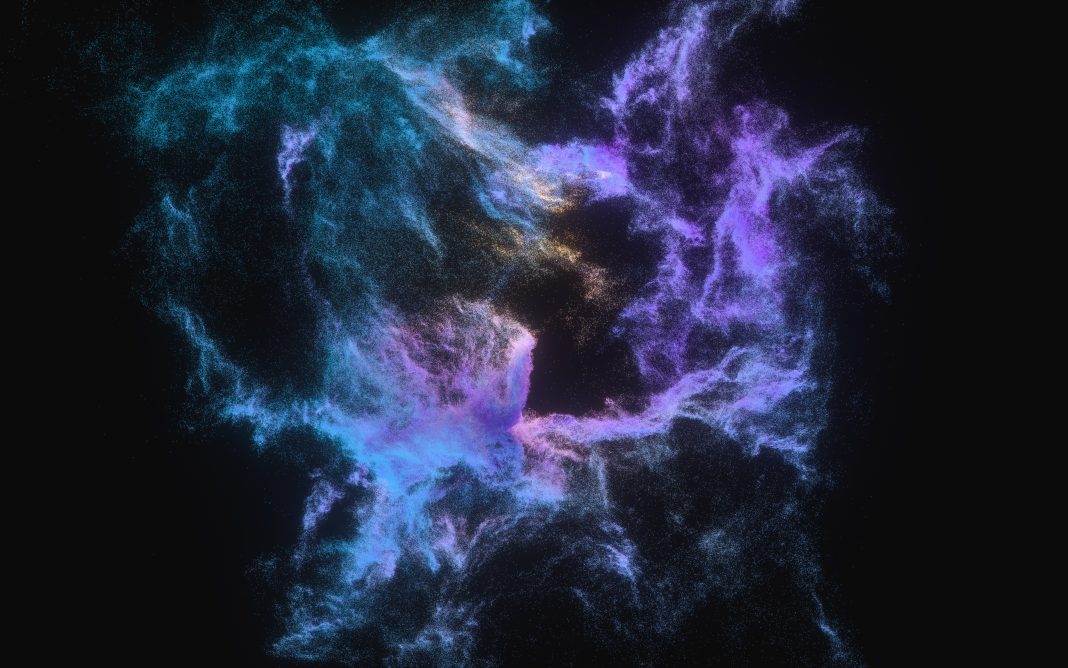Tokyo Tech researchers have used four different techniques to discover the hidden chemical order of Mo and Nb atoms in disordered crystals
Determining the exact structure of crystalline solids may be difficult, but it is vital for understanding their properties. The order and disorder of atoms within a crystal can greatly affect its properties, including ion conduction and chemical stability.
Current techniques for analyzing crystal structures have limitations
This is why a research team led by Professor Masatomo Yashima of the Tokyo Institute of Technology decided to investigate.
The researchers combined four different techniques to analyze the crystal structure of an important ionic conductor, Ba7Nb4MoO20.
Using an approach that combined the following two experimental techniques that were aided by computational calculations based on density functional theory (DFT):
- Resonant X-ray diffraction (RXRD)
- Solid-state nuclear magnetic resonance (NMR)
Mo atoms occupy only the crystallographic M2 site in Ba7Nb4MoO20
The NMR provided direct experimental evidence that the Mo atoms occupy only the crystallographic M2 site in Ba7Nb4MoO20, indicating the chemical order of Mo atoms.
The researchers used RXRD to quantify the occupancy factors of Mo and Nb atoms. They found that the occupancy factor of Mo atoms was 0.5 at the M2 site but zero at all other sites.
This suggests that the Mo atoms at the M2 site have a key role in the high ion conduction of Ba7Nb4MoO20. Furthermore, DFT calculations indicated that the Mo ordering stabilizes Mo excess composition exhibiting high ionic conductivity.
Positions, occupancy, and atomic displacements of protons and oxide ions were also determined by neutron diffraction.
Techniques to determine structure in disordered crystals
Of course, the task of determining the precise structure of a crystalline solid is very challenging. Materials properties such as ion conduction and chemical stability are heavily influenced by chemical order and disorder.
Both X-ray and neutron diffraction methods are powerful techniques that reveal the atomic positions and arrangement in the crystal lattice. Still, they may not be adequate for distinguishing different atomic species with similar X-ray scattering factors and similar neutron scattering lengths.











